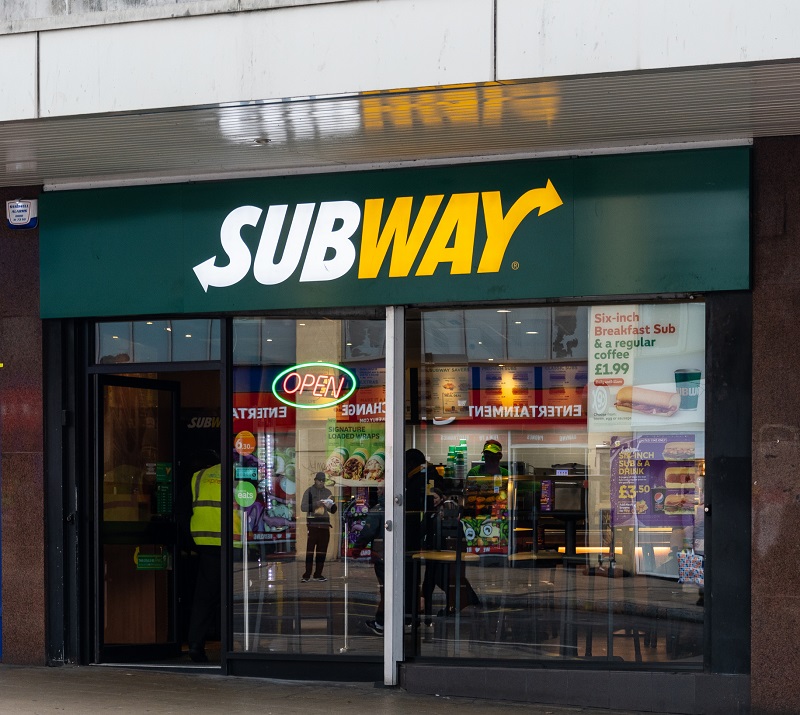Maximize Market Penetration and Branding with Multi-Unit Franchisees
Published on March 01, 2018Share Tweet Share
As Multi-unit franchising grows in popularity, especially in the Quick Serve Restaurant sector this franchise model continues to expand into other franchise sectors growing in popularity. In an article in Restaurant Finance Monitor in June 2016, editor John Hamburger observed that “200 franchisee entities operate over 25,000 restaurants in the United States, and the number is growing. The restaurant space is not alone — fewer and fewer franchisee entities are operating more and more franchised businesses. Multi-unit operators, some quite large, are changing the dynamics of the franchise industry.” Some multi-unit franchisees are large enough to be publicly traded companies.
Franchise systems can offer multi-unit purchase opportunities through Area Development Agreements. Under an Area Development Agreement, the franchisee signs an agreement to buy two or more units from the outset. As a successful multi-unit operator, they can expand further by acquiring additional units, most typically of the same brand. They also can sign on for new brands, becoming a multi-unit, multi-brand franchisee. In all the cases above, the franchisee buys units from the franchisor (or another franchisee, with the franchisor’s approval) and operates them through their own company, whether directly or through managers. They pay a franchise fee up front, and then pay ongoing royalties to the franchisor.
Benefits of a Multi-unit franchisee system:
- Franchisor has less franchisees to administer
- Multi-unit franchisees usually have strong financial resources and business experience
- Faster franchise system growth
- Franchisees benefit from economies of scale and lower purchasing costs
- Market concentration and stronger brand recognition
As can be seen from the above the multi-unit concept provides substantial benefits to both the franchisor and the franchisees. However, it’s critical that the franchise has the attributes that are required for a successful multi-unit program.
Before offering multi-unit franchises:
- The franchise system needs an existing foundation of successful franchisees. It’s best to start out with unit franchises before launching a multi-unit program
- Individual franchisee locations need to generate sufficient revenues and income to fund a local manager
- The franchise lends itself to a multi-unit concept. Some franchises require an owner operator on-site and operationally don’t qualify for multi-unit ownership
- Multi-unit franchise territories enable strong branding and market penetration
- Strong administrative and operational systems need to be built within the franchise to support the expectations of a more sophisticated multi-unit franchisee.
Emerging franchise systems with strong performance metrics and growth should consider offering multi-unit franchises. A multi-unit franchise system can provide stability to the franchisor and its franchisees. The execution of a successful multi-unit franchise program will lead to strong branding and financial success for both parties.
Not sure how much can you afford?
Fill out our Franchise Affordability Calculator


Voyage Franchising
Related Articles
Open Your Own Independent Business or Buy a Franchise?
From the outset, you’ll have some obvious questions you’ll need to ask yourself before you can start formulating your own strategy to begin your venture.
New York Times Investigates Subway’s Abuse of Franchisees
New York Times investigation into the use of questionable practices by one its Franchise Development Agents that culminated in the agent acquiring two of a franchisees Subway stores.
The Fall of A Giant – Are Subway’s Healthiest Days Behind Them?
Not even a decade ago, Subway was the champion of healthy eating. In fact, they were the largest fast food chain in the world.
What Sub-Franchising Really Means
Sub-franchising is frequently confused with other franchise models, including area developers, master franchisors, regional developers.
The Top 10 Franchise Grade Facts & Figures From 2017
Detailed studies on emerging franchise success rates, errors in Item 20 disclosure and sector performance, Franchise Grade’s reports help you.
A Road Block to Franchise Growth is Right Under Your Nose
New franchise growth is the top priority for emerging franchise brands. Many of these franchises have an obstacle on the road to more franchise locations.







